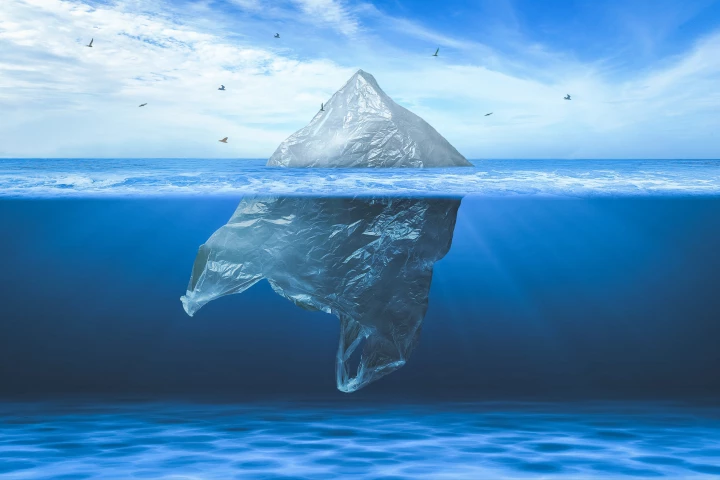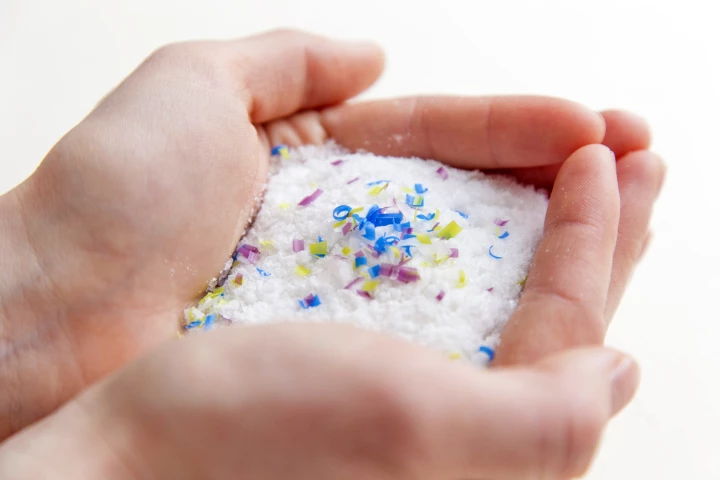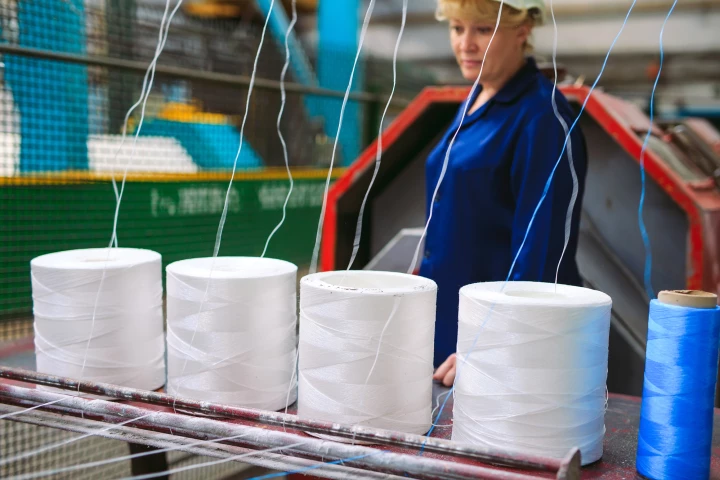Green+Technology
-
You won't need a green thumb, floor space or any serious commitment in order to create a thriving indoors oasis with this functional vertical garden. And you also won't need a lot of spare cash either, with the whole kit coming in at around $85.
-
While the island has 0.37% the land size of the US, Taiwan has become a hub for startups, sustainable design and tech innovation. This week, 600 inventions will vie for the 'gold medal' – the Platinum Award – at the massive Taiwan Innotech Expo.
-
The Ocean Cleanup (TOC) project has announced the timeline and cost it would take to get the Great Pacific Garbage Patch cleaned up once and for all, using existing technology – 10 years and 7.5 billion US dollars. And it could be even cheaper.
-
Bill Gates has thrown his weight – and his money – behind a startup making a rich, fatty spread akin to butter, using just carbon dioxide and hydrogen. And this is just the start, with milk, ice-cream, cheese, meat and plant oils also in development.
-
Your boots may soon have a tropical touch, with a breakthrough in using pineapple leaves to make a strong, 100% natural, sustainable leather. It comprehensively outperformed mushroom leather, and has serious potential for scalable, commercial use.
-
It's super-sustainable, easily made and nutrient-dense. And it puts all other food production to shame. Now, the first air-protein factory is open. It's the food of the future, and soon a $100 million industry – but will you be putting it on your plate?
-
Even when it’s ground into microparticles, 97% of an algae-based plastic biodegrades in compost and water in under seven months, a new study has reported. The researchers hope their plastic will eventually replace existing petroleum-based ones.
-
Nylon can be found everywhere in modern life, from the clothes we wear to the seatbelts in our cars. The problem is that producing it can be a dirty business, but researchers say a new method can make nylon production significantly greener.
-
In an effort to create low-cost, sustainable housing, researchers have created a composite material by replacing sand in concrete and mortar with a common, non-degradable waste product: used disposable diapers. But would you build your house with it?
-
We all know the pain of applying thick, greasy sunscreen only to have half of it wash off, putting delicate marine habitats at risk. Some scientists are out to change this, using a natural molecule that offers more protection for less sunscreen.
-
Beautifully designed, energy-generating bio-panels that suck up carbon dioxide and pump out biomass for use as fuel or fertilizer – that's the idea behind Mexican startup Greenfluidics and its nanotech-enhanced microalgae bioreactor building panels.
-
Climate change has made the search for efficient sources of renewable energy more urgent than ever before. But how does one store and deliver energy sources like solar and wind power? The answer might lie in a fluorescent dye known as BODIPY.











